Bowls hold historic journey
By Chen Weihua in Washington ( China Daily ) Updated: 2014-02-27 07:31:20
|
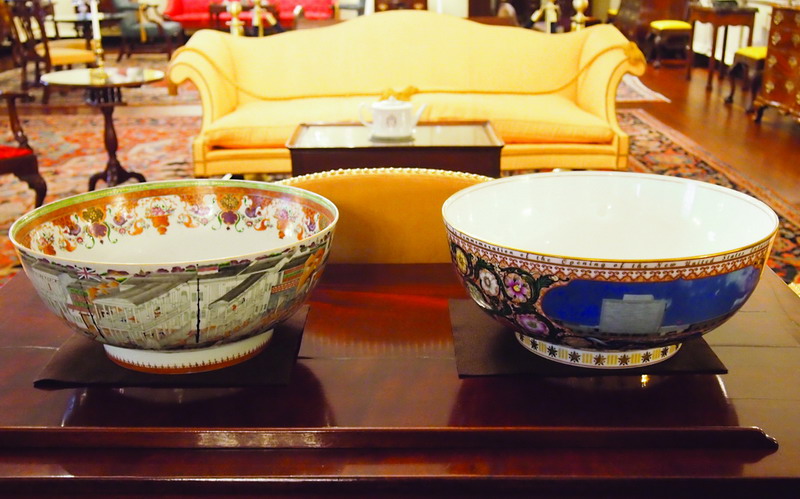 |
|
The two Hong bowls, one old (left) and one new, are on permanent display in the John Quincy Adams State Drawing Room in the US State Department in Washington.Chen Weihua/CHINA DAILY |
|
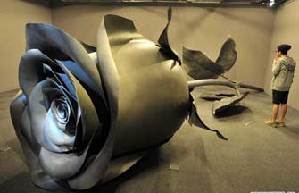 |
| Sculptor Cai Zhisong's works on display in Taipei |
|
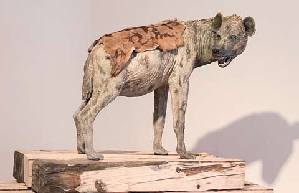 |
| Decorative dots speak volumes |
What even fewer people might know is that many of the rooms also have a strong Chinese flavor.
"So much of the influence on American decorative art is from China," says Marcee Craighill, director and curator of the Diplomatic Reception Rooms of the State Department.
"The Chinese influence permeates the fashion and designs that are used throughout the rooms."
Most noticeable are probably two so-called Hong punch bowls, one old and one new, in the John Quincy Adams State Drawing Room.
The old one was brought back by merchants who went on the US' first trade mission to China. The ship, the Empress of China, left New York harbor on Washington's birthday - Feb 22 - 1784 and returned on May 11, 1785.
"It was an extremely profitable trip, making a 25 percent margin. This spurred more ships to go to China to trade," says Susan Holly, senior historian at the State Department.
The colorful decoration on the exterior of the bowl depicts life along the busy waterfront of the Pearl River, where Western warehouses, merchants and their assistants crowded the limited space allowed by the Chinese. Inside the bowl is a magnificent floral arrangement.
Although Hong refers to firms, warehouses or factories, the buildings housed all the activities of living and working for foreign merchants in China in those days.
Scenes of the Western trading area at Canton, now known as Guangzhou in Guangdong province, first appeared on punch bowls around 1765, according to the State Department handout.
Next to the antique punch bowl is a modern Hong bowl from the 21st century. It was made in 2008 to mark the opening of the new US embassy building in Beijing, thanks to the painstaking collaborative efforts of West Virginia University and the Jingdezhen Ceramic Institute, located at the site of what had historically been China's imperial kilns.
The new bowl is decorated with the flowers that represent each of the 50 US states as well as the day and night views of the new embassy building.
|
|
|
|
|
|
|
|

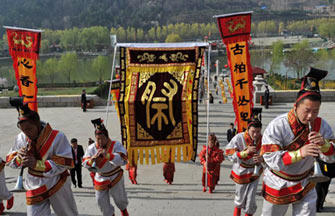

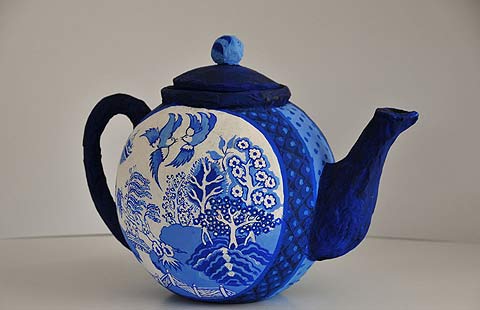
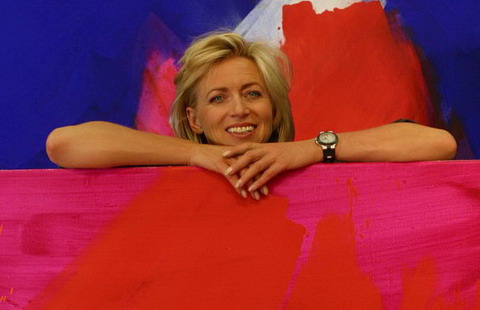

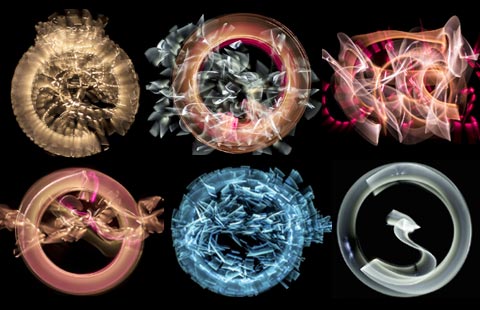
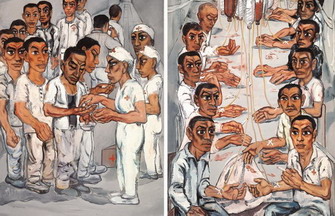





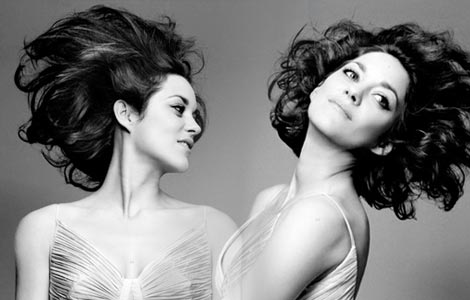

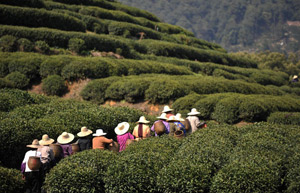

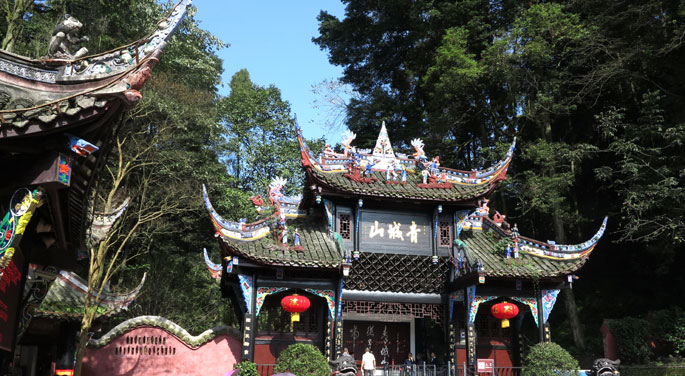




 Raymond Zhou:
Raymond Zhou: Pauline D Loh:
Pauline D Loh: Hot Pot
Hot Pot Eco China
Eco China China Dream
China Dream China Face
China Face





